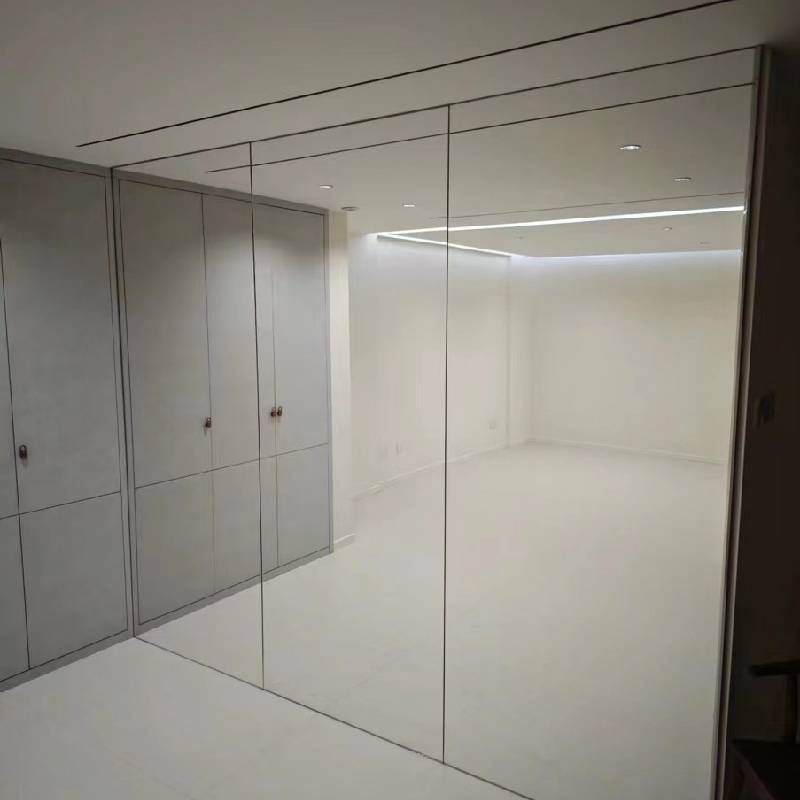

Understanding 366 Low E Glass A Comprehensive Overview
In today's rapidly advancing world, energy efficiency has become a significant focus for both homeowners and builders. One of the pivotal technologies driving this movement is low-emissivity (low E) glass. Among the various types available, 366 low E glass stands out as a remarkable option that balances performance, aesthetics, and sustainability.
What is Low E Glass?
Low E glass is specially designed to reflect infrared light while allowing visible light to pass through. The E in low E stands for emissivity, which refers to the ability of a surface to emit thermal radiation. In the context of glazing, low E glass typically involves a thin coating that enhances the glass's insulating properties. This technology is paramount for maintaining indoor temperatures, reducing energy consumption, and minimizing heating and cooling costs.
The 366 Low E Glass Specification
The designation 366 refers to a specific performance standard for low E glass. This type of glass has a coating that reflects a significant portion of solar heat during the summer months while retaining interior heat during the winter. The numbers 366 indicate that the glass allows 36% of solar heat gain, reflecting 66% of it away from the building. This dual functionality of reflecting excess solar energy while retaining warmth in colder months provides an additional layer of thermal comfort.
Benefits of 366 Low E Glass
1. Energy Efficiency
One of the most significant advantages of 366 low E glass is its ability to improve energy efficiency. By effectively controlling the transfer of heat, this type of glass can reduce a building's reliance on heating and cooling systems. According to studies, installing low E glass can result in energy savings of 10-20%, which translates to lower utility bills and a reduced carbon footprint.
2. Comfort and Aesthetics

The control of solar heat gain not only contributes to energy savings but also enhances the overall comfort of indoor spaces. By minimizing temperature fluctuations, 366 low E glass helps maintain an even climate within the home or office. Additionally, the glass is clear and aesthetically pleasing, allowing plenty of natural light while reducing glare and UV exposure, thus protecting furniture and fabrics from fading.
3. Environmental Impact
In an era where sustainability is paramount, using 366 low E glass aligns with eco-friendly building practices. By reducing energy consumption, buildings can significantly lower their greenhouse gas emissions, contributing to a healthier planet. Many energy-efficient buildings equipped with low E glass qualify for green certifications, making it an attractive choice for environmentally-conscious consumers and builders.
4. Durability and Longevity
Low E glass is designed to withstand various environmental factors, ensuring longevity and durability. The coatings used are resistant to scratching and degradation, which preserves the glass's effectiveness over time. This durability not only enhances the lifespan of the windows but also reduces the need for frequent replacements, further contributing to sustainability.
Applications of 366 Low E Glass
366 low E glass can be utilized in various residential and commercial applications. It is ideal for windows, skylights, and curtain walls, effectively enhancing both new constructions and retrofitting projects. In warmer climates, this glass helps keep interior spaces comfortable without over-relying on air conditioning. Conversely, in colder regions, it ensures that homes remain warm and inviting during harsh winters.
Conclusion
In summary, 366 low E glass represents a significant innovation in building materials. Its design not only promotes energy efficiency and comfort but also addresses environmental concerns by reducing energy consumption. As the demand for sustainable building practices continues to grow, low E glass will likely play an increasingly important role in the construction industry. Whether you are a homeowner looking to improve energy efficiency, a builder focused on sustainable practices, or an architect aiming for aesthetic appeal, 366 low E glass is undoubtedly a smart choice that meets the diverse needs of modern architecture.